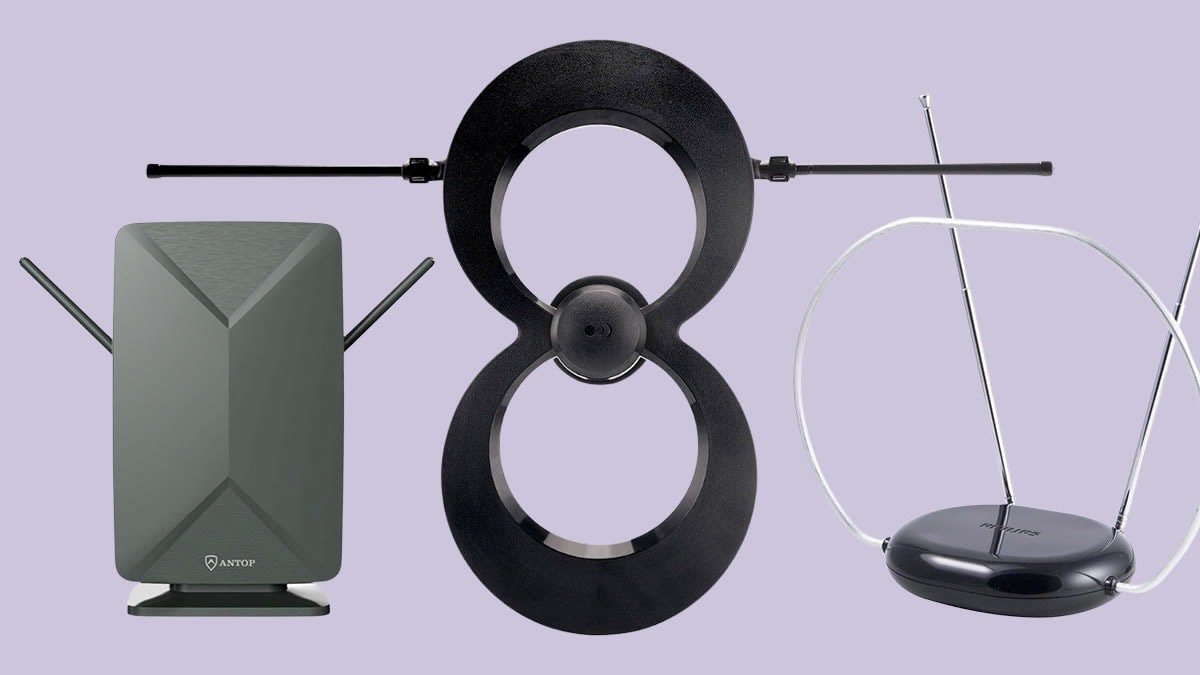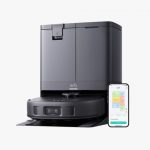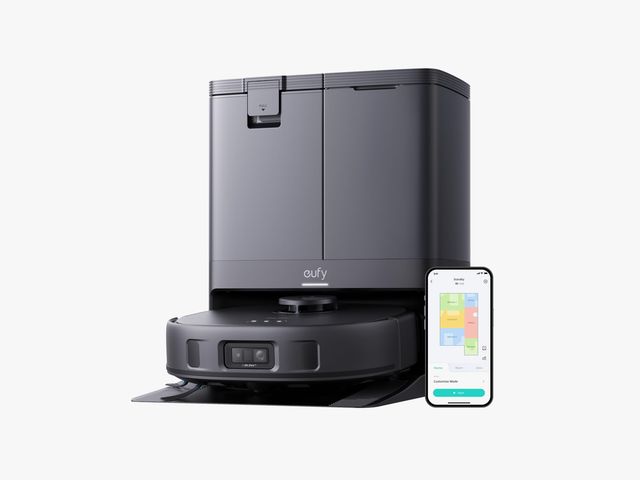
For this year’s project, Consumer Reports tried each antenna in White Plains, NY, about 30 miles north of Manhattan. We attached the flat antennas to a window on clear days and placed one model with a different design on the windowsill. We also put each antenna outside the window on a balcony. Only one model we tried is actually rated for outdoor use, but the results were overwhelmingly better outside for every antenna. So you might consider using an indoor/outdoor model if you’re able to place or mount it outside. In general, we recommend trying a few locations to see if the reception improves.
In the rankings below, you’ll see three figures, all recorded in White Plains: the number of VHF channels received, the number of UHF channels pulled in, and the number of NextGen TV channels the antenna could get.
This year, our tests counted only the number of primary (or RF) UHF and VHF channels, such as the local ABC, CBS, Fox, and NBC stations. (Last year, our tests included both the primary broadcast channels and the digital subchannels.) In our experience, if you can receive these primary channels, you’ll also be able to get all the digital subchannels associated with them.
Receiving both UHF and VHF channels has become increasingly important. In the early days of analog TV signals, most major broadcast channels were located in the lower-frequency VHF band (channels 2 through 13); however, they are now scattered across both the VHF and UHF bands.
Most, but not all, of the antennas were able to receive at least some NextGen TV channels, which mainly use the UHF band. (A total of 11 NextGen TV channels are currently available in the wider New York City area.)
To earn a mark for reception, a station had to have a relatively stable, viewable TV picture. The amplified models in this group were tested with the amplifier turned both on and off. We gave credit to those models that had marginal reception at some moments if they were able to provide a stable, viewable picture at another time during the test.
Our test results should be useful for guiding you to models you might consider, but a number of variables, such as geography and distance from broadcast towers, can affect antenna performance in your home.









